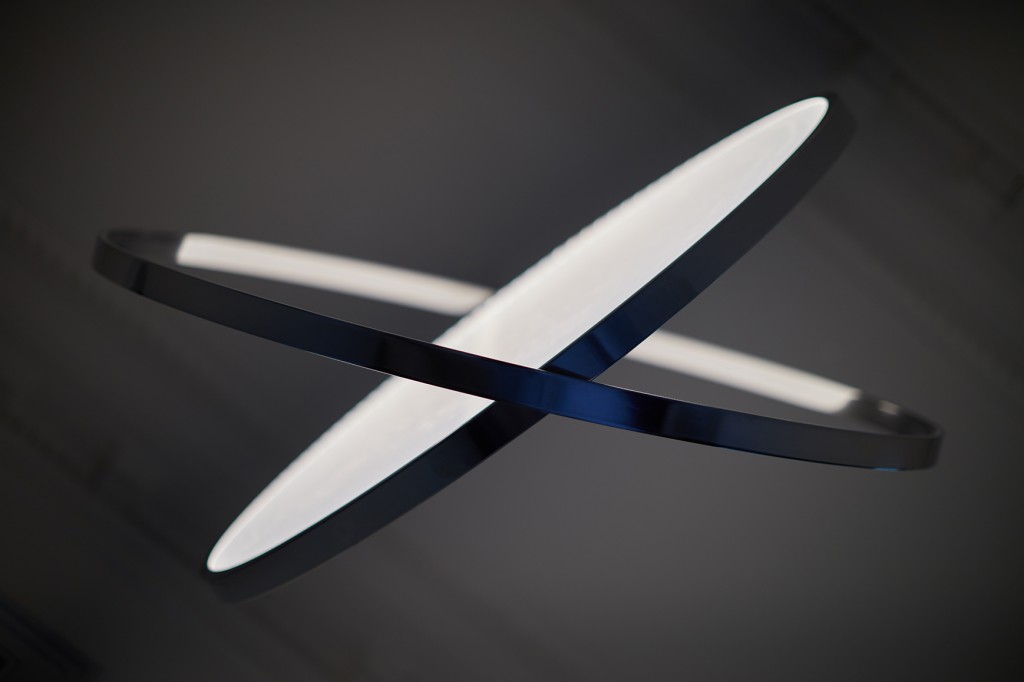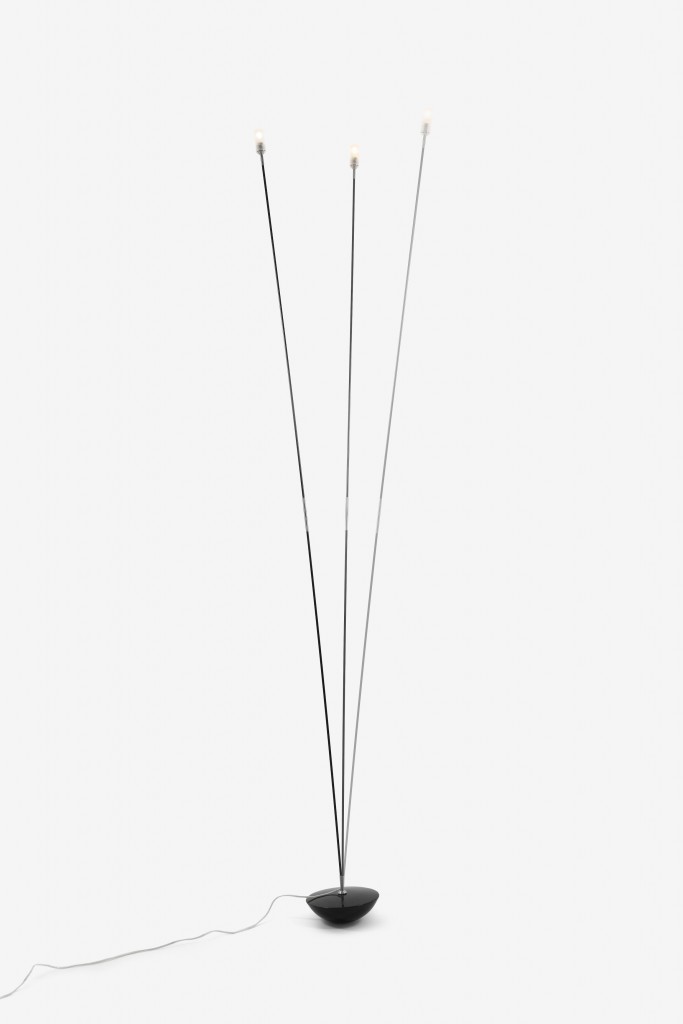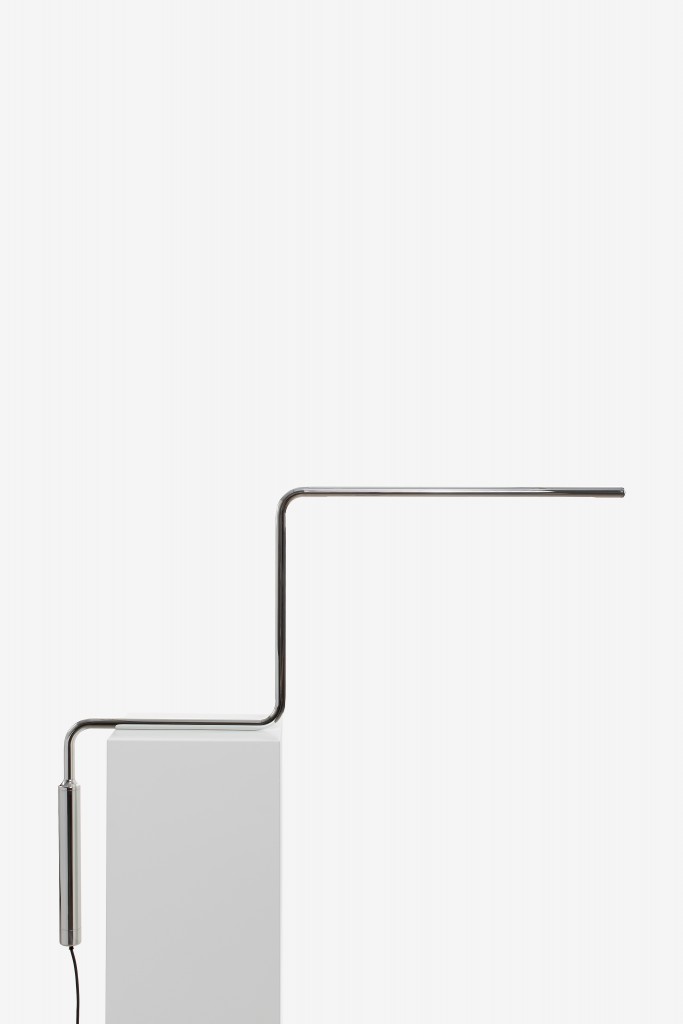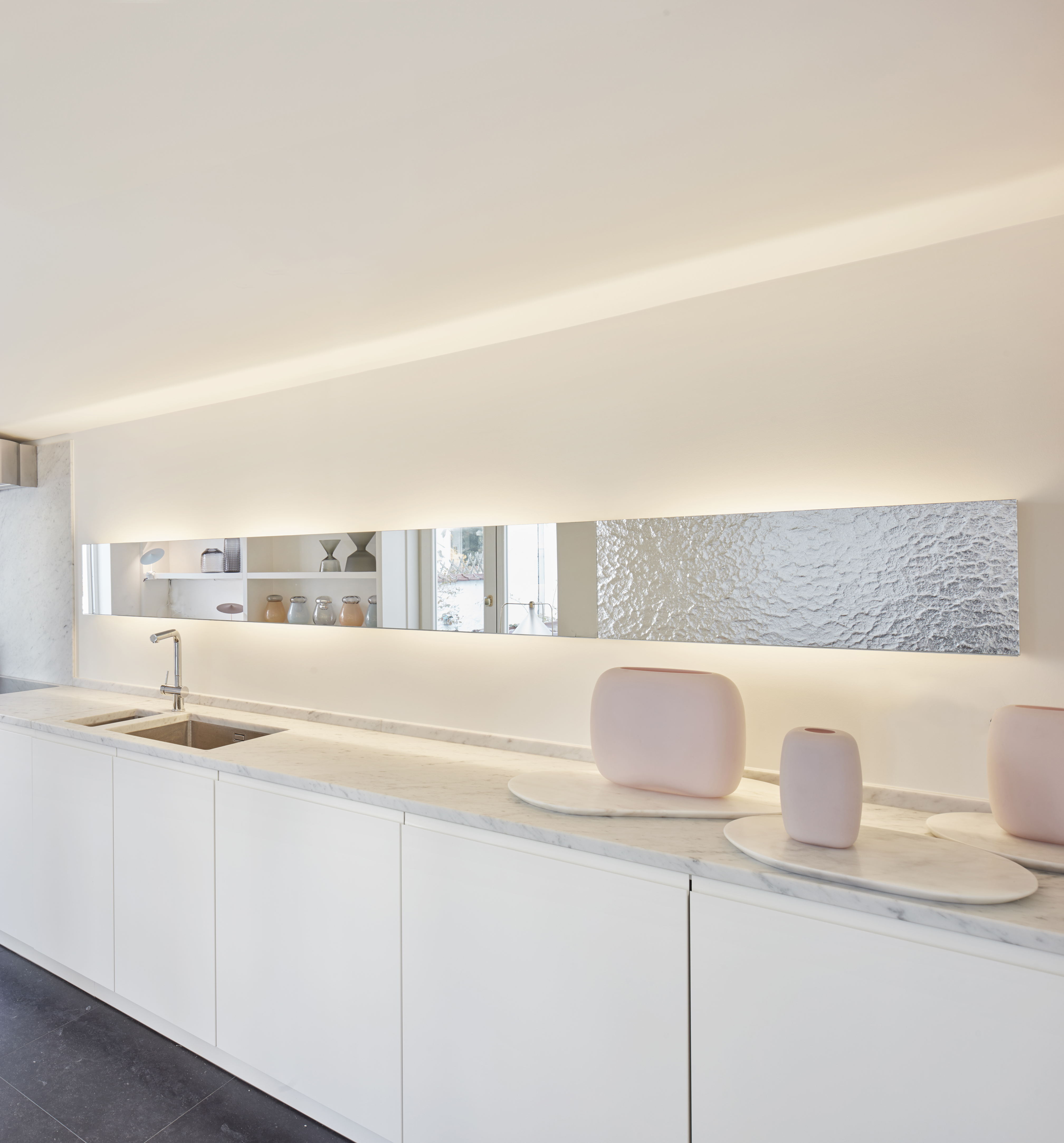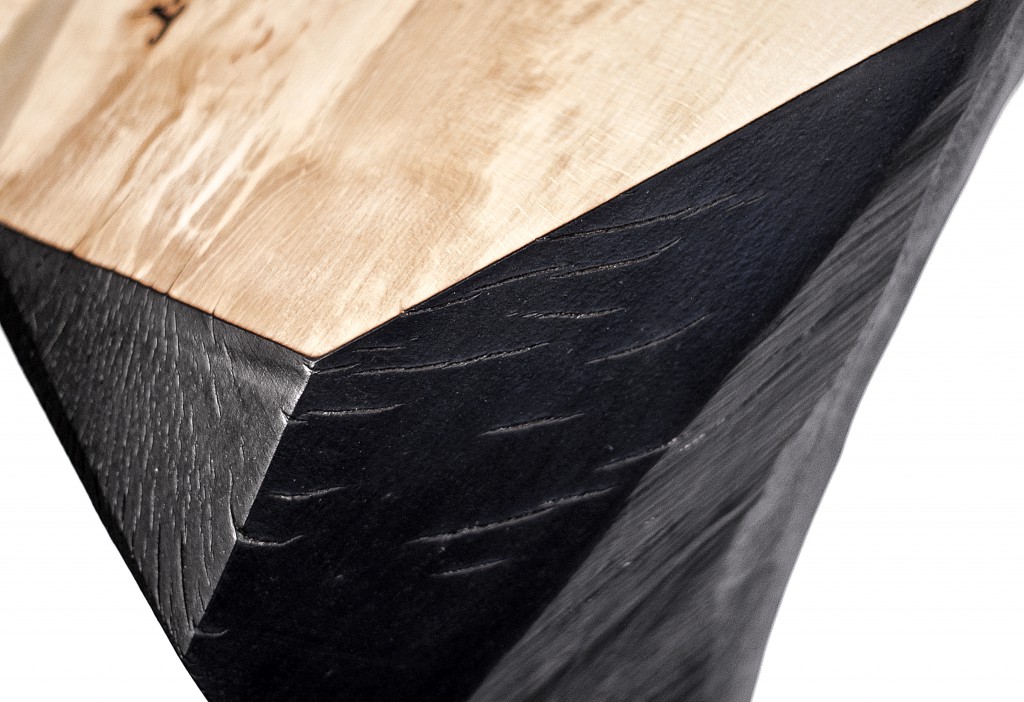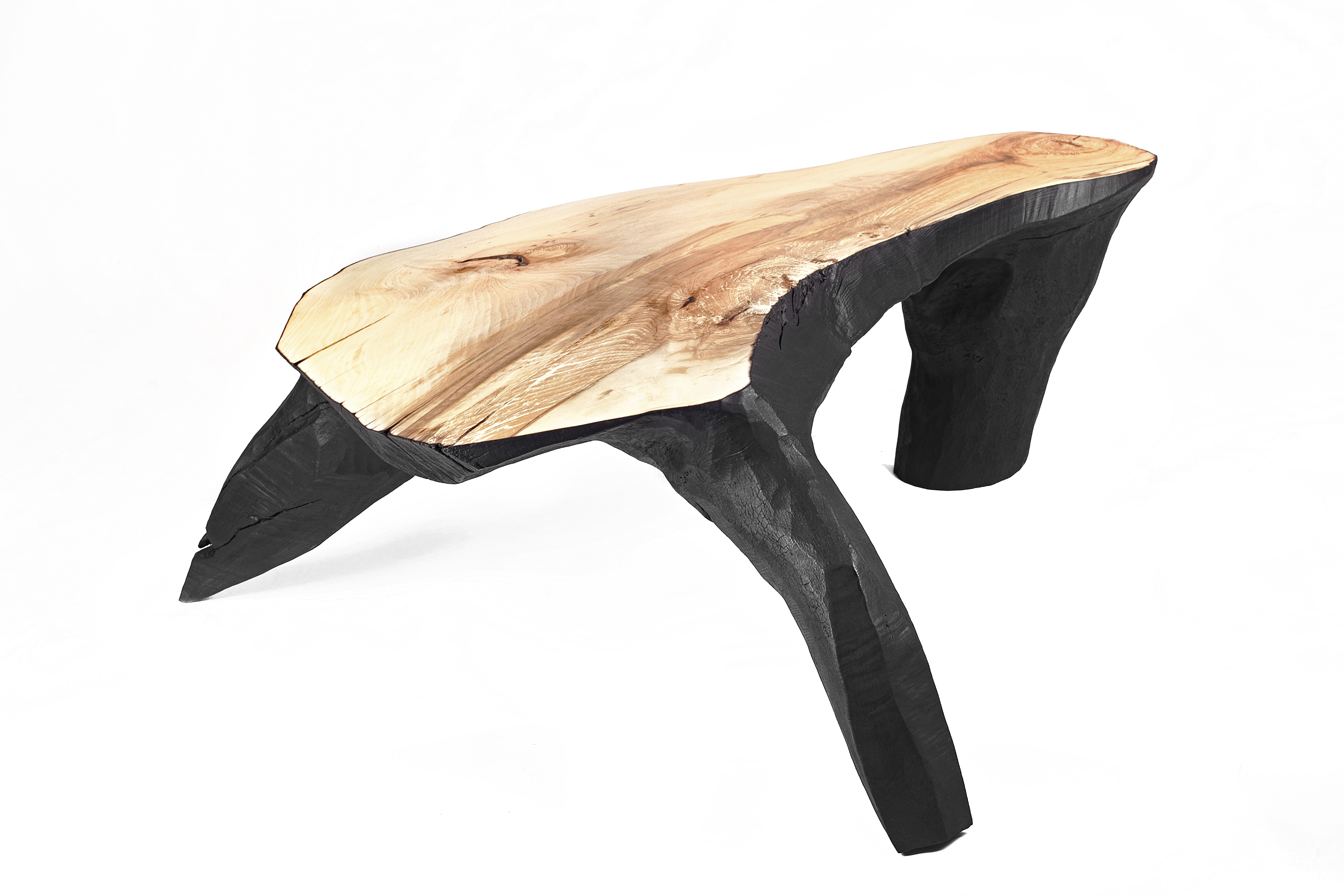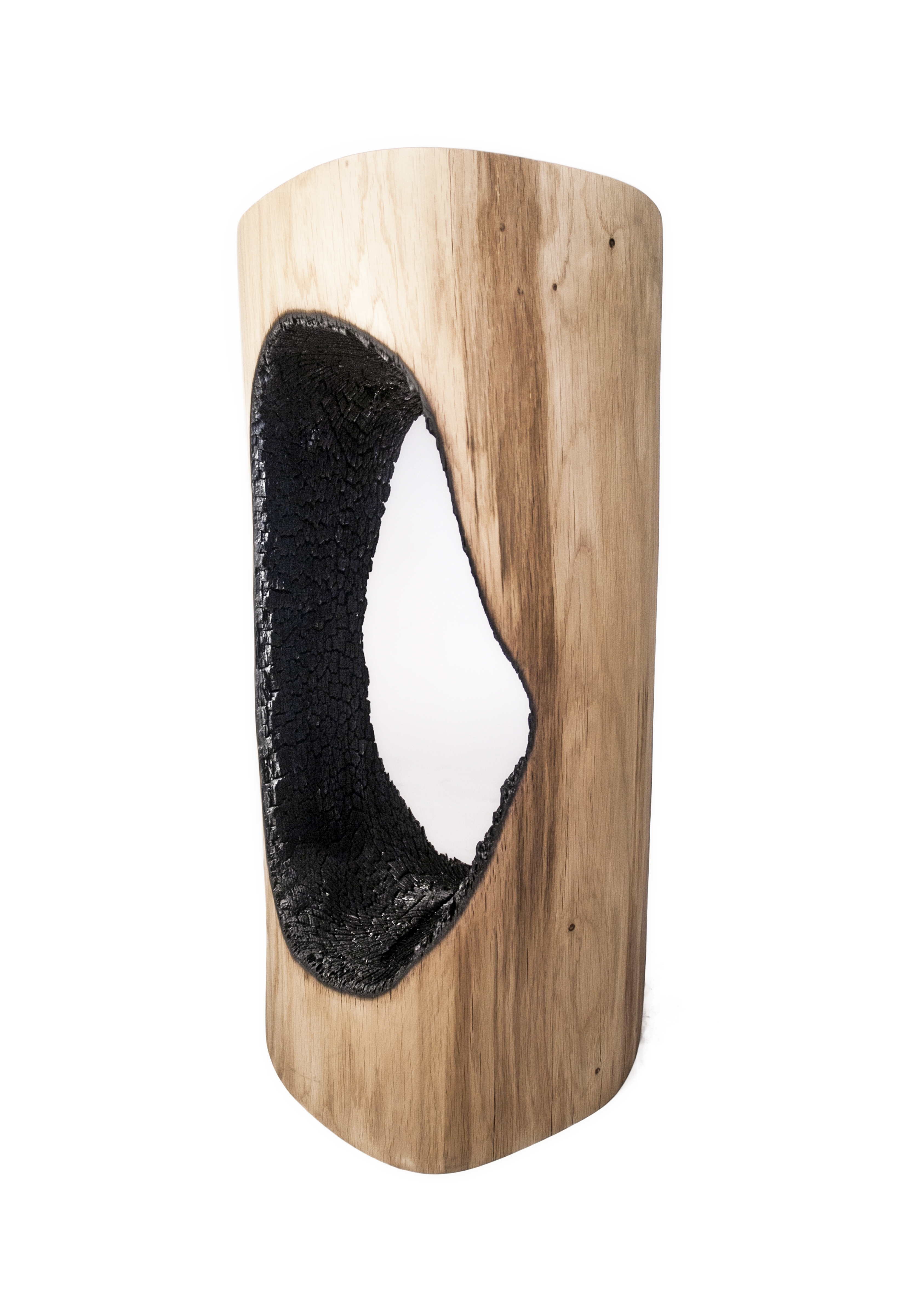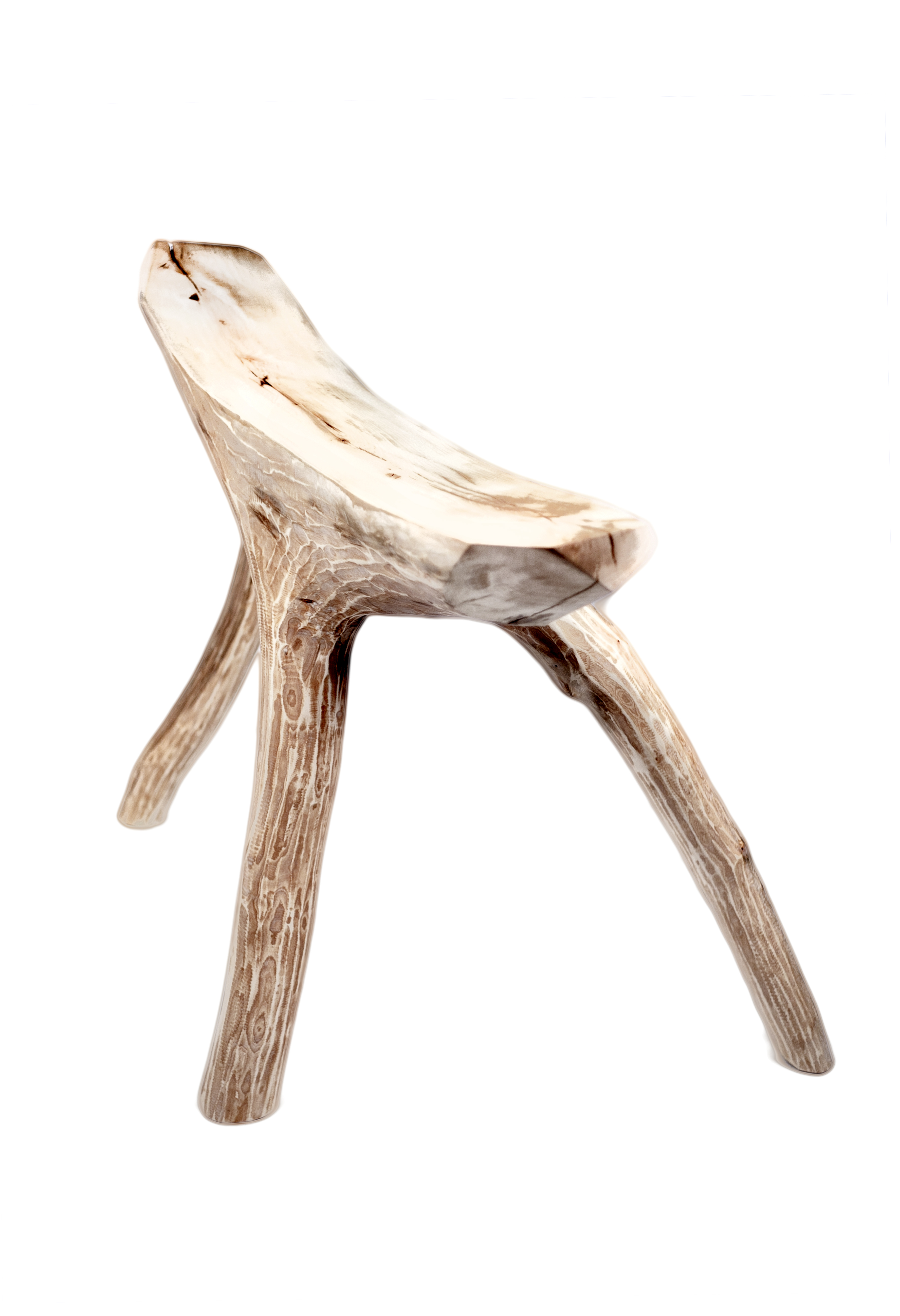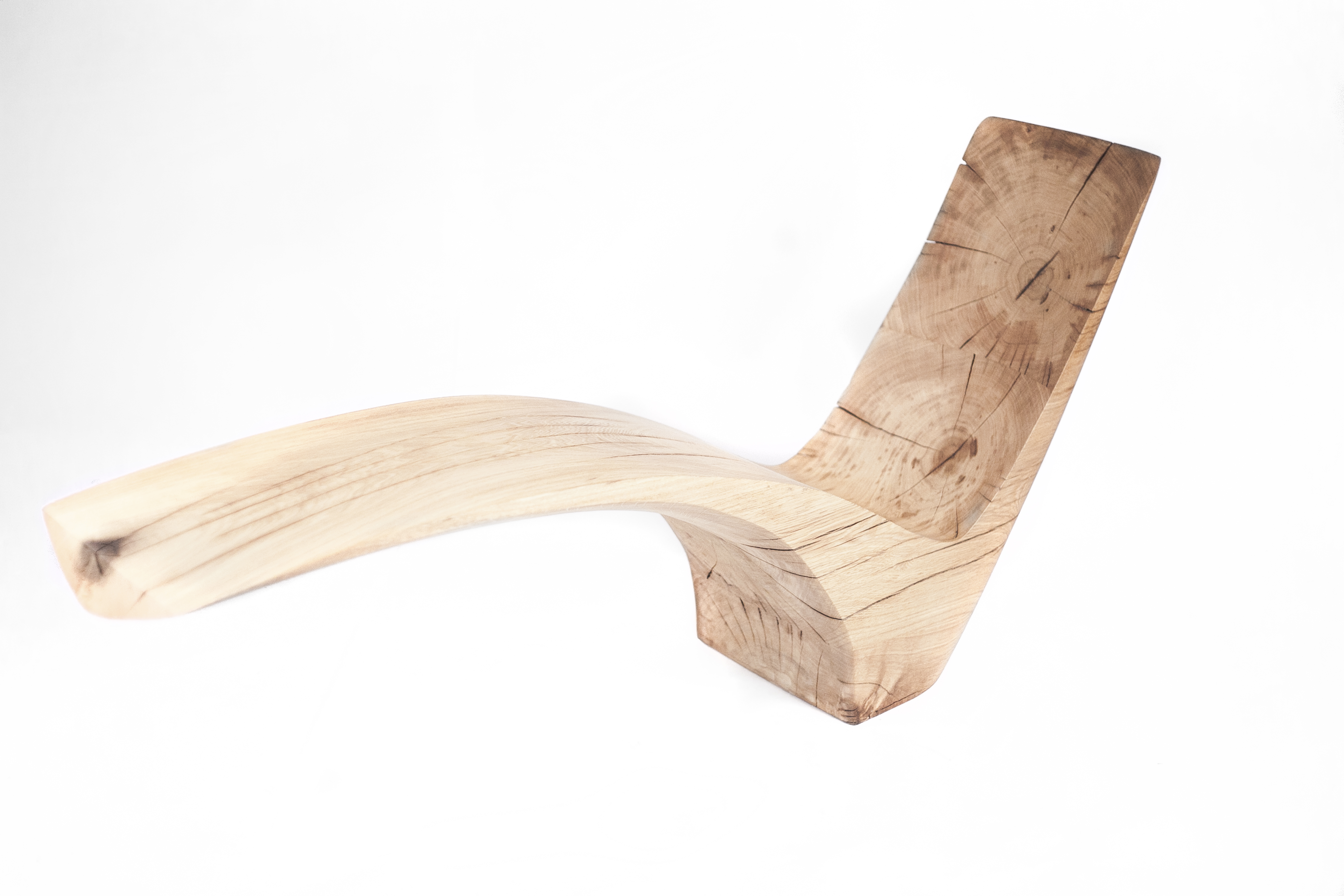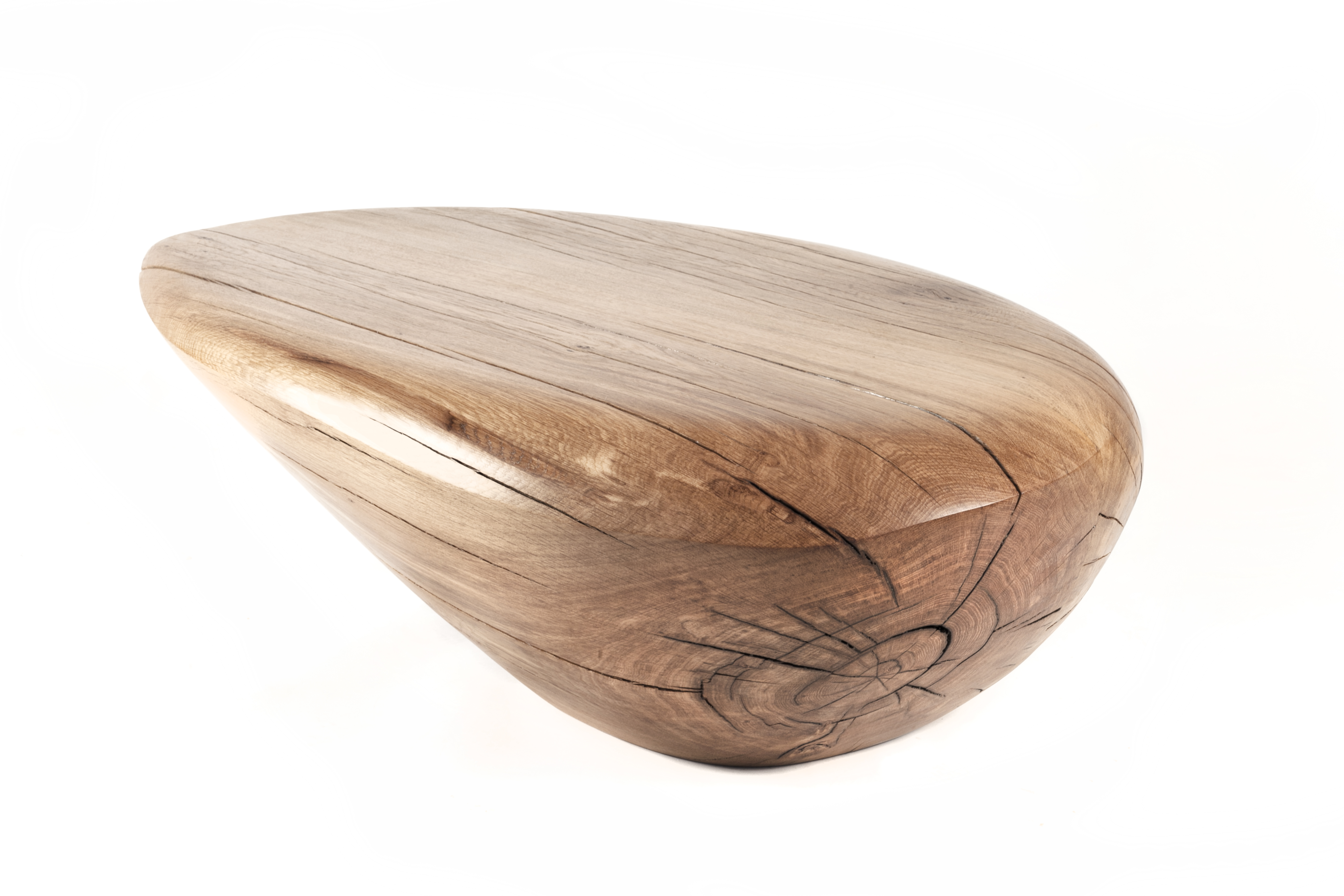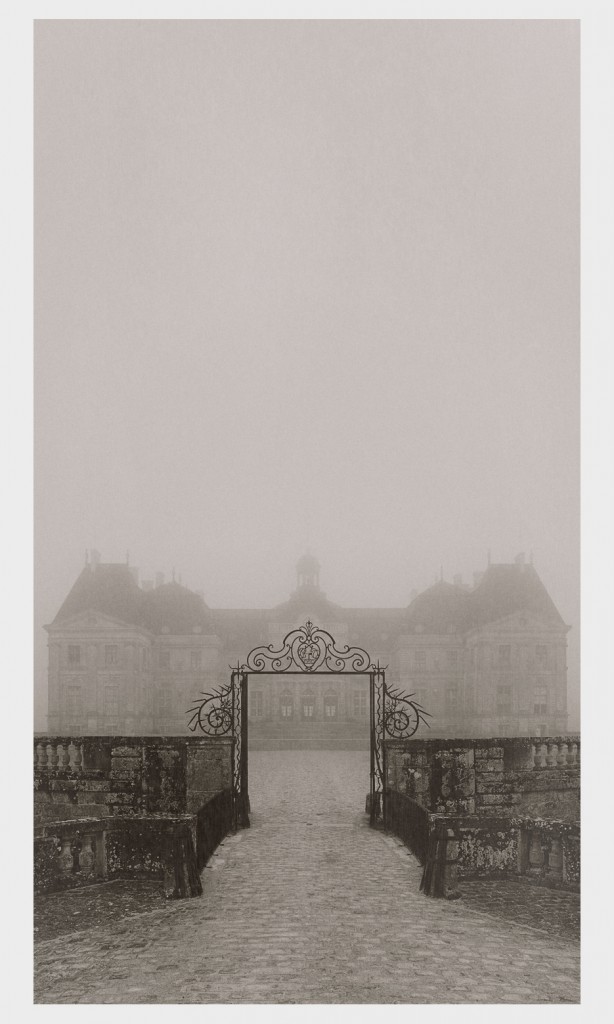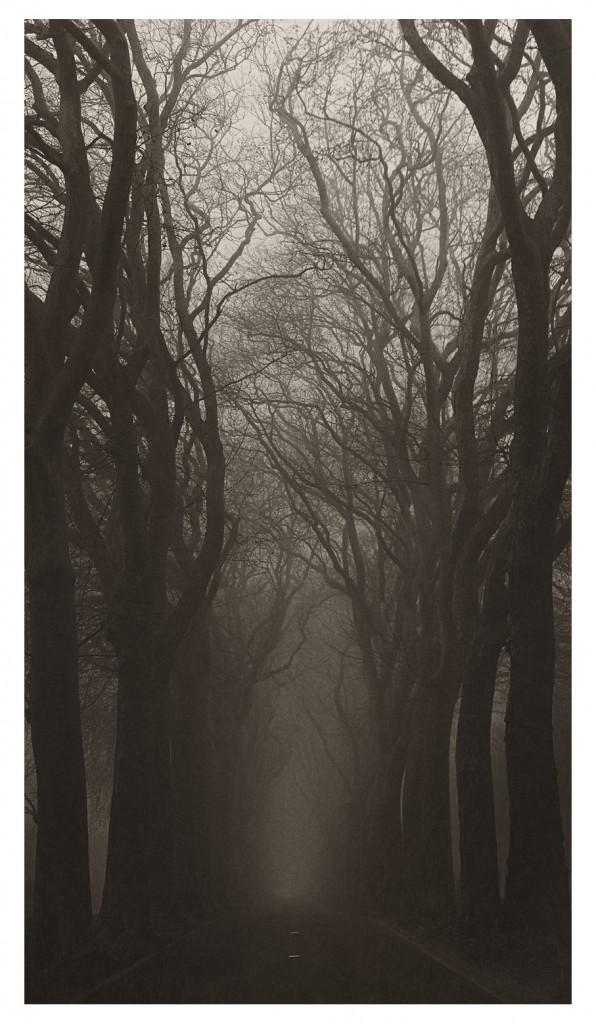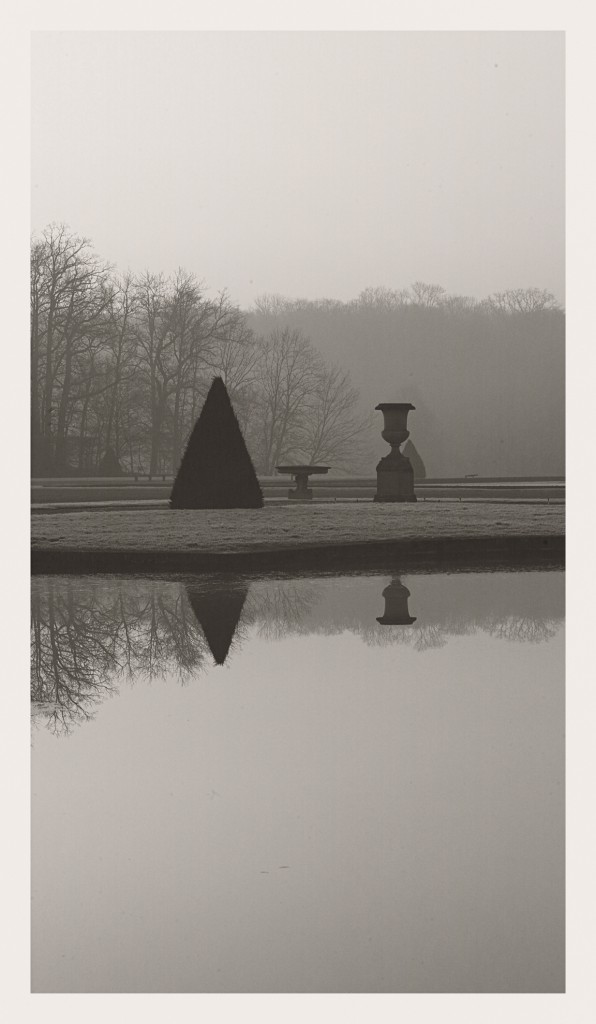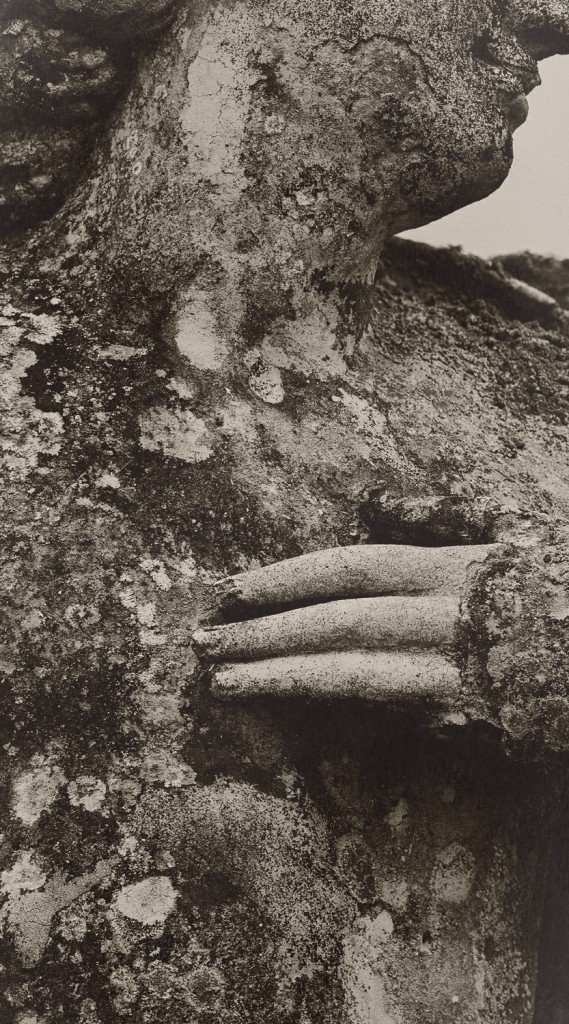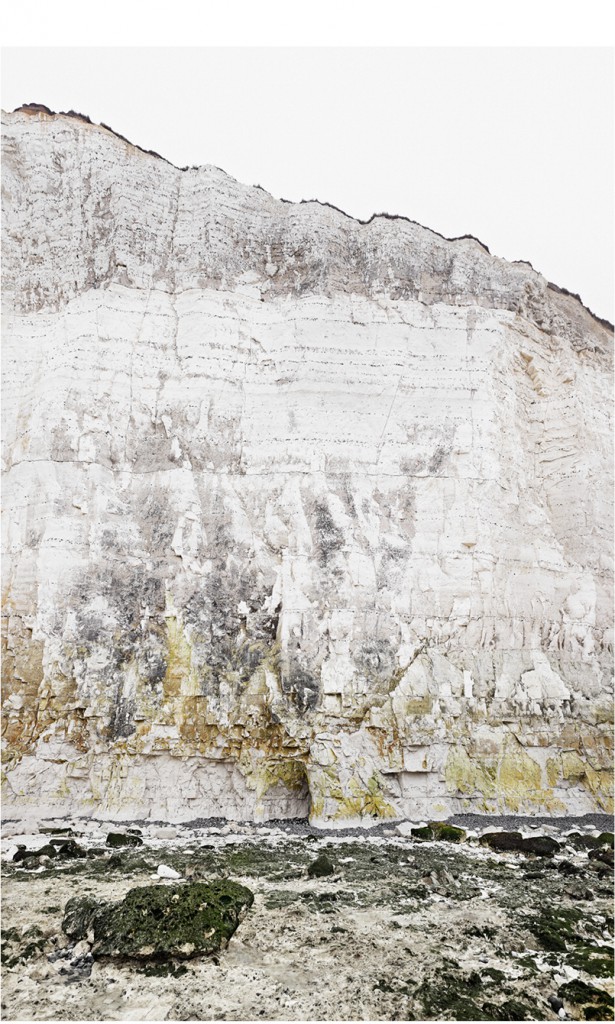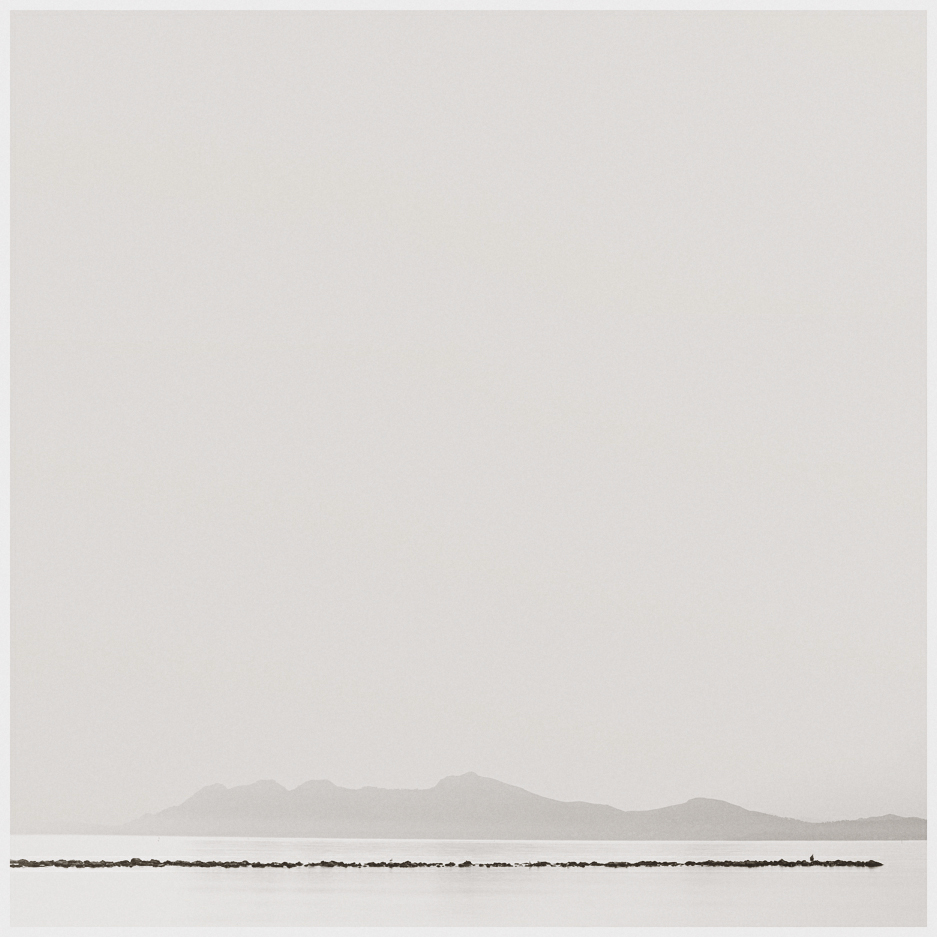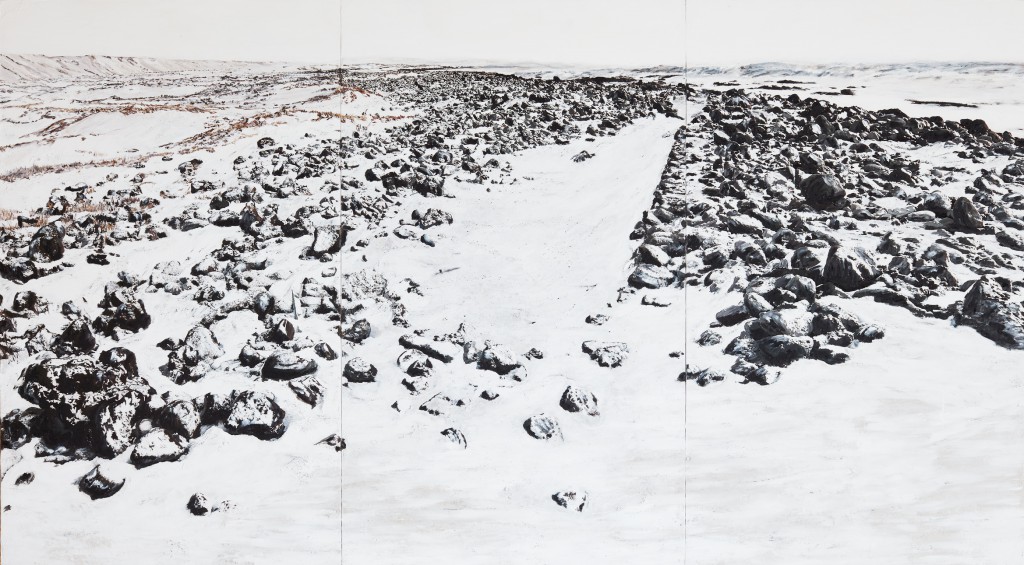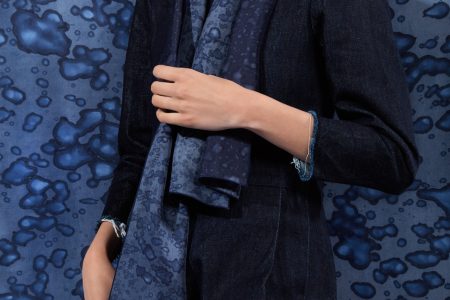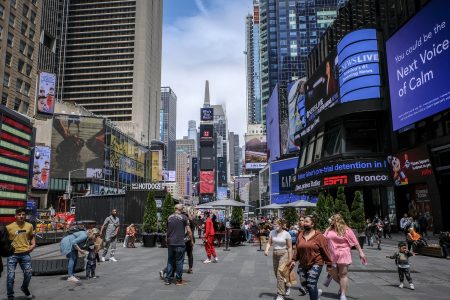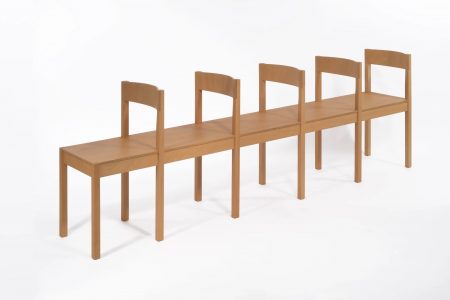Spazio Nobile Season II
Investigating how time shapes nature, Brussels-based Spazio Nobile gallery opens its second season (15 September to 20 November 2016) with an intimate yet dynamic showcase. Juxtaposing hauntingly ethereal landscapes captured by German photographer Jörg Bräuer with celebrated Brussels-based powerhouse Nathalie Dewez’s primal chandeliers and young Belgian talent Kaspar Hamacher fired-formed wooden furniture, the new exhibition employs the domestic space of Spazio Nobile for a speculative dialogue in various application. Examining the animism and possible entropy intrinsic in the process of conceptualization, this deeply sensuous showcase echoes the suggestion of inspiration and potential scenarios found in large format photographs. The treatment of nature and time arrive in both referenced content and practice. Weather expressed in a bench, lamp, or image, nature’s true force comes through the strategic use of transformative elements, minimalistic forms, textured obscurity and noble materials. TLmag spoke to the three creatives about their process and shared sources of inspiration.
TLmag: Working with reduced shapes and nuanced details, from where do you find inspiration?
Nathalie Dewez: Working in painting, sculpture and jewelry, my grandfather taught me to look at my surroundings differently; to find beauty in everyday objects like electric poles. For projects like the Ellipse lamp, I drew inspiration from Minimalist artists like Ellsworth Kelly. Danse lamp works to evoke long grasses moving in the wind. Nature produces simple and pure shapes; useful elements that are found in any living entity. I follow this logic in my design process. In this way form follows function; One informs the other.
TLmag: How do you address nature in content and practice?
N.D.: Themes like movement, balance and natural cycles are recurrent in my work. For example, Still Lamp (also on show as part of Season II) takes on an astrological quality. By its name, Moon Lamp contains a clear celestial reference. Framing the main circular light source a moveable metallic band works much like planetary rings.
Jörg Bräuer: My latest photo series Asperity (on show as part of Season II) explores the rough, unrefined landscapes of Iceland and a connection to nature’s most essential elements: minerals, water, ice, fire, light and wood. The effects of destruction and reconstruction brought on by the tides of time make for magical sceneries. The notion of life is very different in this context and demands a level of obedience or cohesion to ensure survival. The awareness of being a human visitor becomes very clear, especially in trying to capture a moment in time and when considering the loss of our natural environments. Each new encounter with a specific location is different.
Kaspar Hamacher: It’s really about getting back to the basics; a way to calm down. Working with nature is a metaphor for both personal struggles and the larger problems of humanity.
TLmag: Is material important to your process? How does it condition outcomes?
N.D.: I never use plastics as I like to ensure the longevity of my designs. I work with the strength of metal, the transparency of glass and sometimes the warmth of fabric. I’d still like to explore the elegance of paper. I like to work in different scales. The same light that emits through a small object can compose monumental installations. It is important to balance solid and immaterial elements. One magnifies the other.
K.H.: Working with pieces of wood sourced directly from the forest, the form of each piece I design is already somewhat predisposed. Existing dimensions determine whether or not it can be a table, stool or object such as Der Stein (on show as part of Season II). Sculpting the forms with fire, I’m able to bring out strong contrasts and to reveal unexpected beauty. I’m now interested in applying my method to working with stone and achieving new crystallised qualities.
J.B.: Employing layers of ink, emulsion and oil on the cotton paper, wood mounted photographs of this latest series, I’m able to evoke the true reliefs found in nature. Building the surface is very time consuming as an almost sculptural process. The mind sees the eyes touch. Framing remains important to my process as it draws a red line through the different photographs of a given series; a storyline linked through, for example, the continuous use of vast spaces.
TLmag: Why is it important to explore the effects of time on nature?
J.B.: As a point of departure and stimulus, this innate progression provides with me a necessary entrance to new work. This condition has a strong implication on my own process. Within a given moment, anything can happen. It can be soft and slow, or violent and fast. I’m often surprised by how I get there.
K.H.: The treatment of time is contradictory. Rather than working at human pace, I have to deal with a rhythm set by nature.
Spazio Nobile: 142 rue Franz Merjay, Brussels
Wednesday through Friday, 11:00 – 18:00 or by appointment
Season II (15 September – 20 November 2016)
Vernissage: 14 September 2016, 18:00 – 20:00
Der Stein by Kaspar Hamacher, unique piece, 2016. Photo: Felix Baumsteiger
